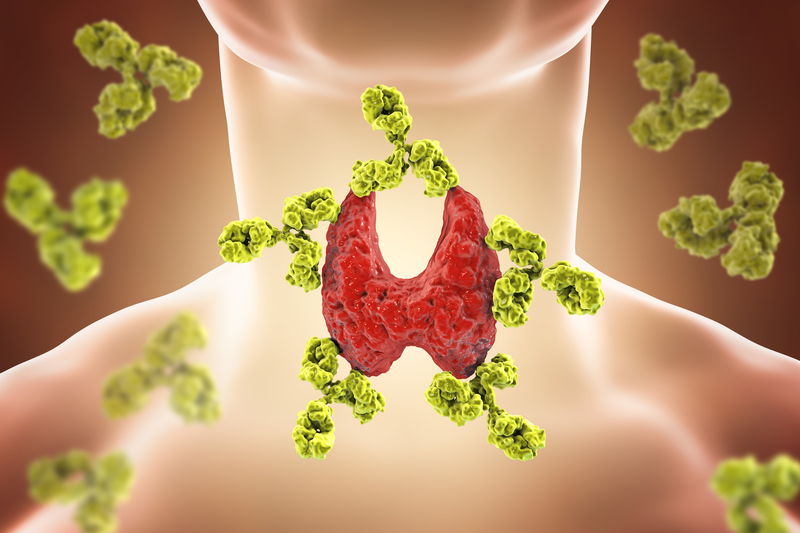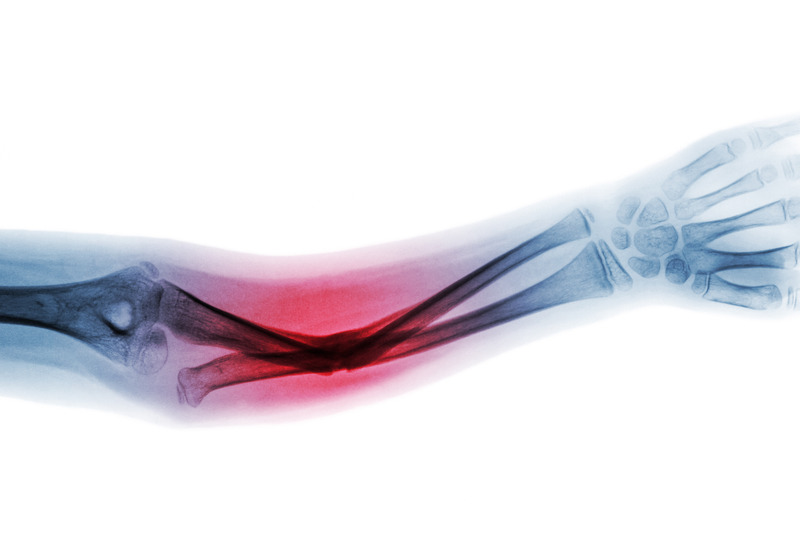
Mar 14, 2004 | Effectiveness
Conclusion: Caries levels are lower among children with fluoridated domestic water supplies. Decay levels are much lower in 2002 than they were in 1984 and in the 1960s. The oral health of the less well off is worse than that of the rest of the population. The...

Nov 1, 2001 | Bone Fracture
It is concluded that long-term fluoride exposure from drinking water containing >4.32 ppm increases the risk of overall fractures as well as hip fractures. Water fluoride levels at 1.00 –1.06 ppm decrease the risk of overall fractures relative to negligible...

Jul 31, 2000 | Effectiveness
Conclusion: The prevalence of dental caries was inversely related and the prevalence of fluorosis was directly related to the concentration of fluoride in the drinking water. The mean DMFS in the communities with 0.8 to 1.4 ppm fluoride was 53.9 percent to 62.4...

Dec 9, 1995 | Osteosarcoma
Fluoride exposure does not increase the risk of osteosarcoma and may be protective in males. The protective effect may not be directly due to fluoride exposure but may be due to other factors associated with good dental hygiene. There is also a biologic plausability...







